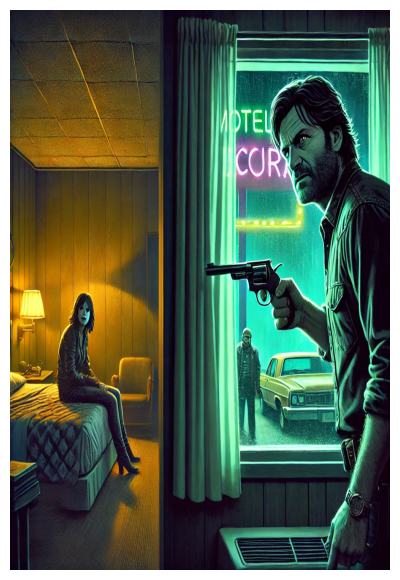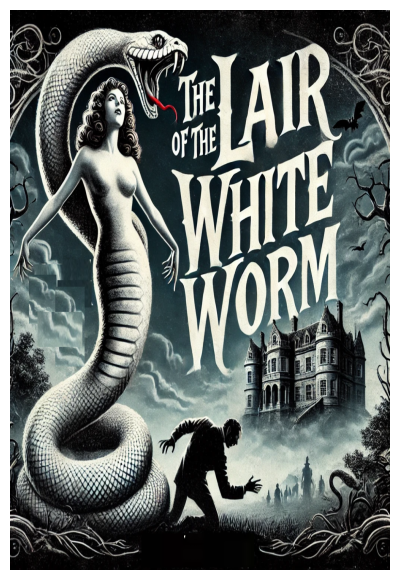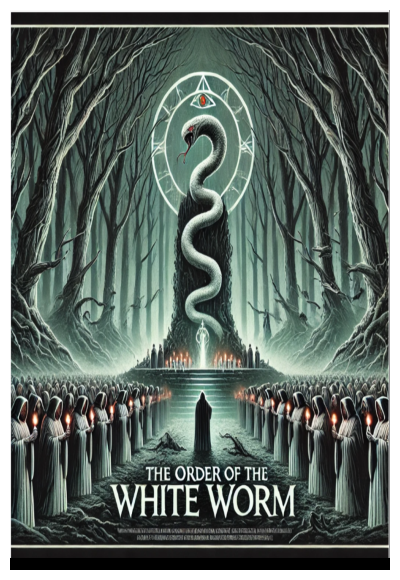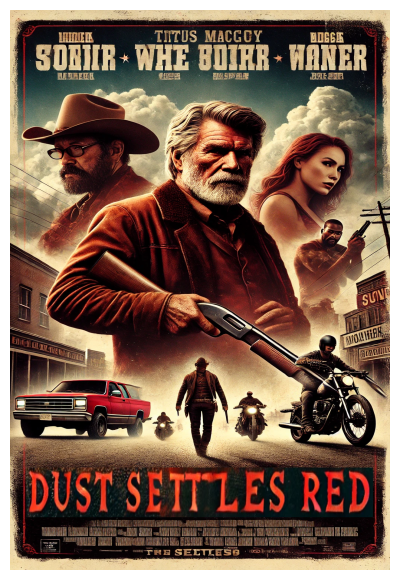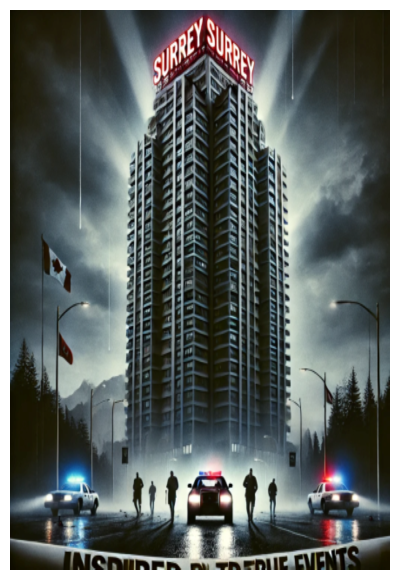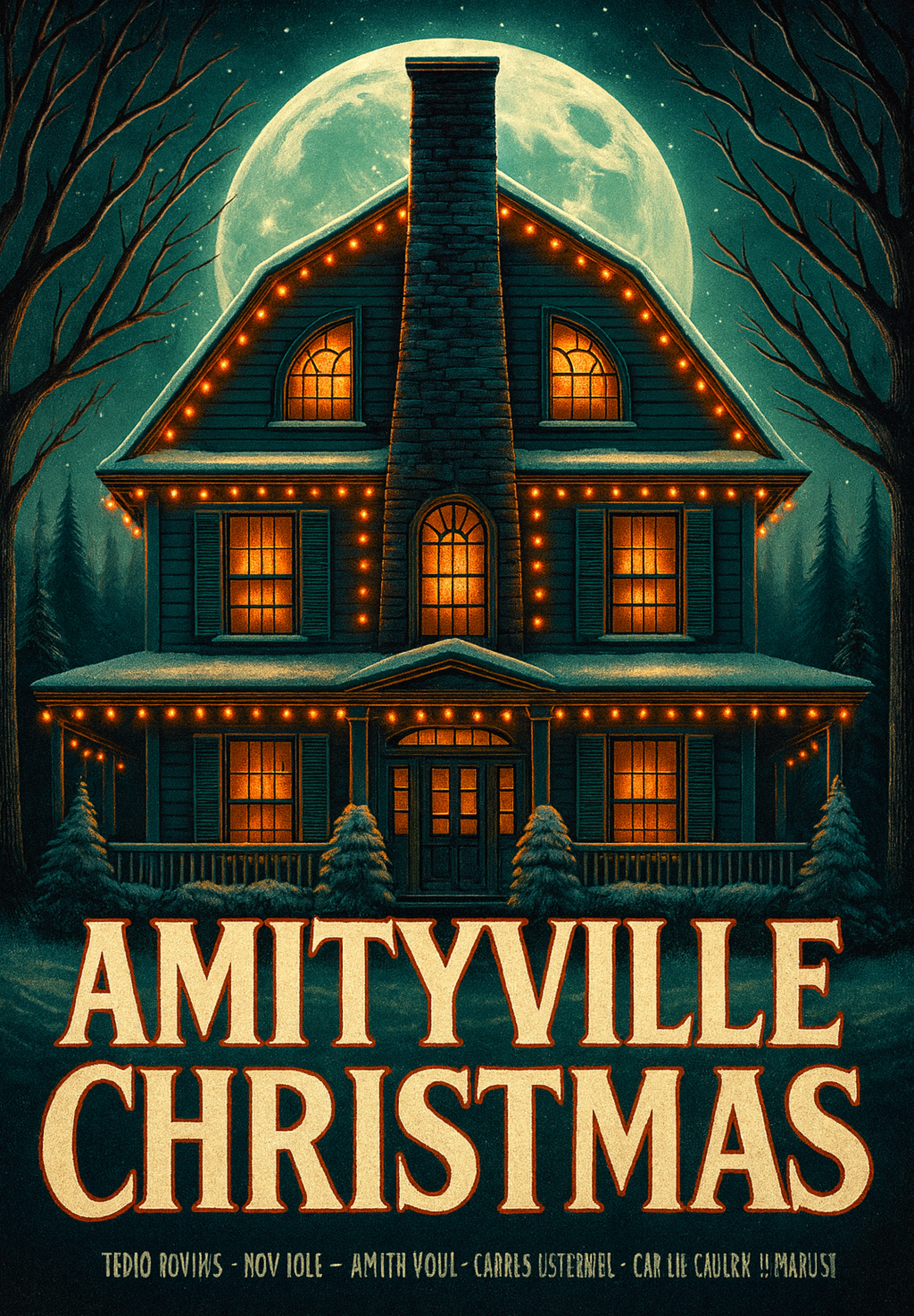
Synopsis/Details
Act I
The film opens on a televised debate where Dr. Robert Hendricks, a psychology professor, argues that modern culture has traded meaning for impulse and that morality requires a transcendent foundation. He spars with secular guests who challenge his premises; Robert insists unbelief breeds collapse and that people still live in the shadow of faith.
Seeking proof beyond talk, Robert takes his wife Mary and their children—teenagers Sarah and Michael, and little ones Noah and Lily—to the infamous house on Ocean Avenue for Christmas. Inside, he begins treating the house as an experiment, wiring cameras and talking about “evidence.” Tension is immediate: Sarah is prickly and watchful; Michael keeps to himself; Mary clocks the strangeness and tries to keep the younger two calm.
Through the first night and following day, subtle disturbances accumulate. Robert pushes forward, convinced any manifestation can be documented. The family’s normal rituals—meals, bedtime, holiday prep—play out against a rising current of dread. Mary tucks in Noah and Lily with reassurances about Santa while Robert stays up in his study, fixated on research into the “god” that marked their children’s room.
Act II
The house answers—and it finds Michael first. In the basement, something enters him: he exhales, calm, and when his eyes open, they’re no longer his.
Sarah, alone in her room, discovers a thumb drive labeled “STIM-A4 – 2013.” On it: clinical footage of her and Michael as children, Robert conducting “stimulus” trials—graphic images, commands, sing-song recitations about pain and alignment. Sarah slams the laptop closed, shaken.
Christmas morning, Robert herds everyone to church—except Michael, who refuses: “Not going to church.” Robert, seething, leaves him behind.
Alone in the house, Michael records a savage parody of his father—“Hello, I’m Dr. Robert Hendricks”—mocking Robert’s rhetoric and turning it into online spectacle.
At church, Pastor David preaches on fear and monstrous gods. Robert’s phone buzzes with a link to Michael’s video; he watches, stunned, as Michael cuts together past clips and taunts his father’s crusade.
That night the family attempts Christmas dinner. Sarah and Michael exchange charged looks across the table while Robert mutters about his work. The room chills; lights flicker; the roasted turkey writhes and lunges until Robert beats it down in front of the children, shattering any pretense of normalcy.
Shaken, Mary confronts Robert about the kids’ fear and his insistence on “documenting” it. He calls it processing; she calls it trauma.
Afterward, Michael’s pull on Sarah deepens. In the hallway and later in her room, he coaxes intimacy; she doesn’t resist. Shadowy robed figures seem to watch from the edges as he urges her to blaspheme; she does.
Mary decides to leave. She books travel, packs fast, and bolts for the stairs with a suitcase while Robert spirals into a furious screed about order and sacrifice. She’s done. Robert storms to his study and cracks, giggling—the pressure finally bursting.
Sensing danger, Pastor David, at home, notices a fly in his teacup and calls Mary. He then drives toward the house; a rigid, uncanny reindeer halts him in the road before it lurches away—an omen—so he continues on.
Act III
Inside the house, the spiral collapses into violence. Sarah, rattled, creeps into the basement stairwell with a fireplace poker as the bulb dies and Michael appears above her in the dark, smiling.
Mary hides Noah and Lily in an upstairs hall closet, then hustles them to the master bedroom and tries to open the window; the glass won’t budge. She smashes a lamp—still nothing. She clutches the children and whispers that she’s there.
Downstairs, Sarah confronts Michael. He slams her head into a doorframe, then beats her with the poker until she’s unrecognizable. On the landing, Noah and Lily witness the aftermath as Mary lies half-conscious nearby.
Pastor David arrives, steps inside, and takes in the carnage: Robert crucified to the living-room wall with twisted Christmas lights; Sarah’s pulped body posed; the small bodies of Noah and Lily mutilated.
He follows the sounds upstairs and bursts into the bedroom where Michael is assaulting Mary. Michael turns, eyes glowing, and, in Latin, mocks the pastor. David attempts a command in Christ’s name; Michael laughs with an inhuman voice.
Sirens close in. A neighbor has called the police. Officers sweep the house: Michael kneels, blood-soaked and blank, by Mary’s corpse; Sarah’s body lies at the foot of the stairs; in the living room, Robert’s crucified body hangs.
A detective later watches Robert’s failed proof: a static feed of the wall; off-screen thuds; a struggle; strangulation; then only the hum of a lamp. The camera falls sideways and keeps recording.
At the station, Michael sits cuffed, smiling. He boasts grotesquely in interrogation—about Sarah, about killing the little ones.
In a holding cell, he sings “I’ll Be Home for Christmas” under the buzz of a lone light, voice echoing and empty.
Epilogue: Winter daylight over 112 Ocean Avenue. A “SOLD” sticker goes up on the crooked FOR SALE sign. The house watches, silent. Fade to black. The end.
Story & Logistics
Story Situation:
Madness
Story Conclusion:
Tragic
Linear Structure:
Linear
Cast Size:
Few
Locations:
Couple
Special Effects:
Blood, Minor cgi
Characters
Lead Role Ages:
Male over 45
Hero Type:
Unfortunate
Villian Type:
Corrupted
Stock Character Types:
Professor
Advanced
Subgenre:
Demonic Possession
Time Period:
Contemporary times
Time of Year:
Christmas Day

